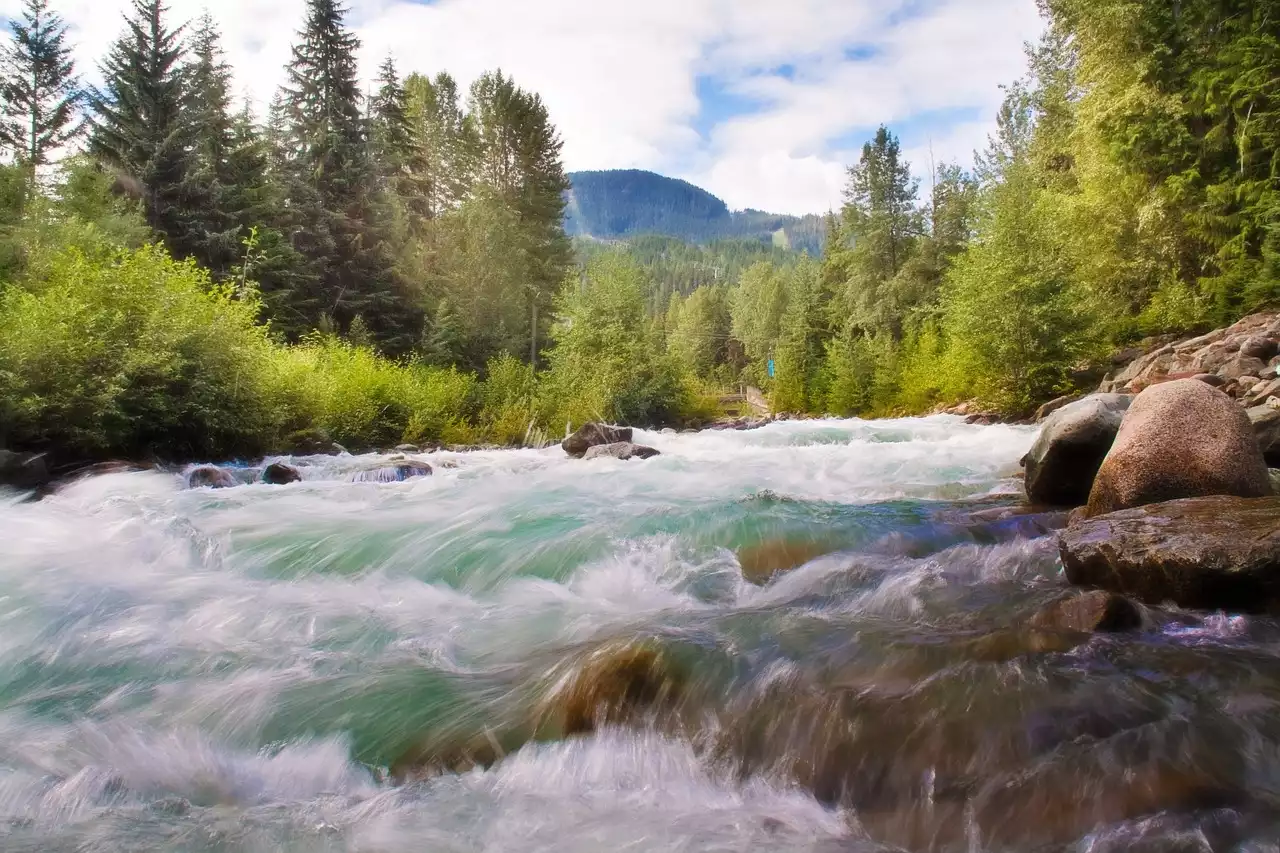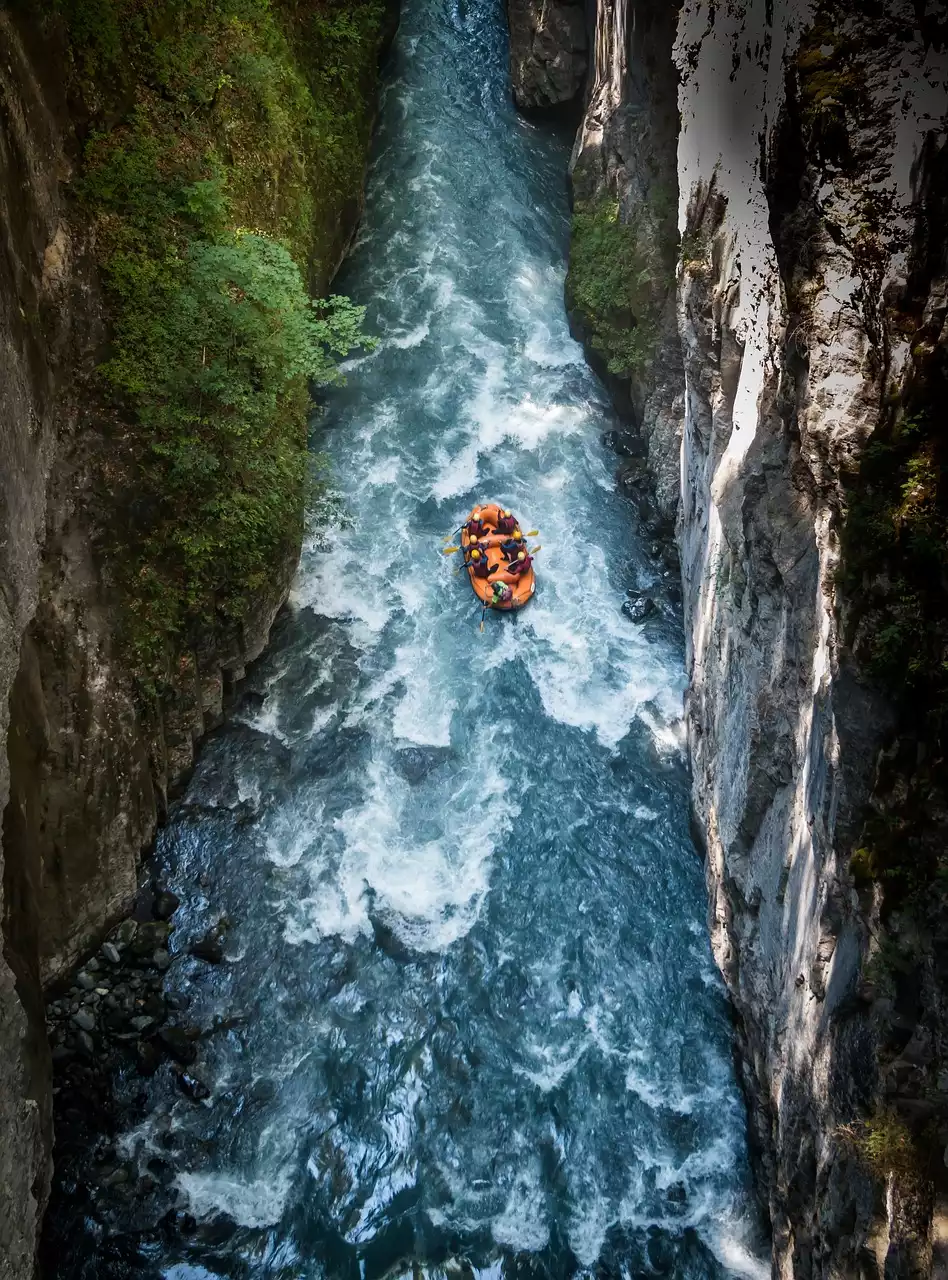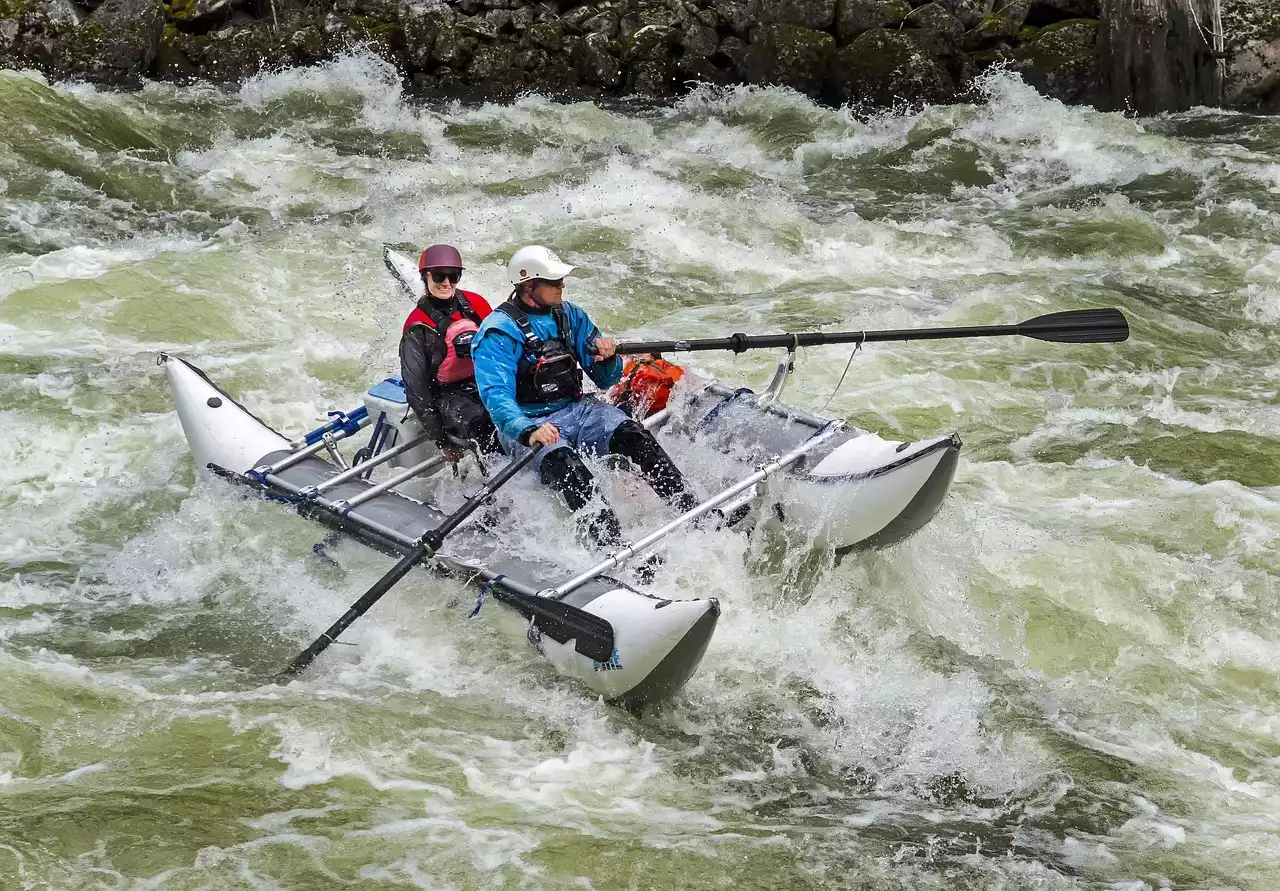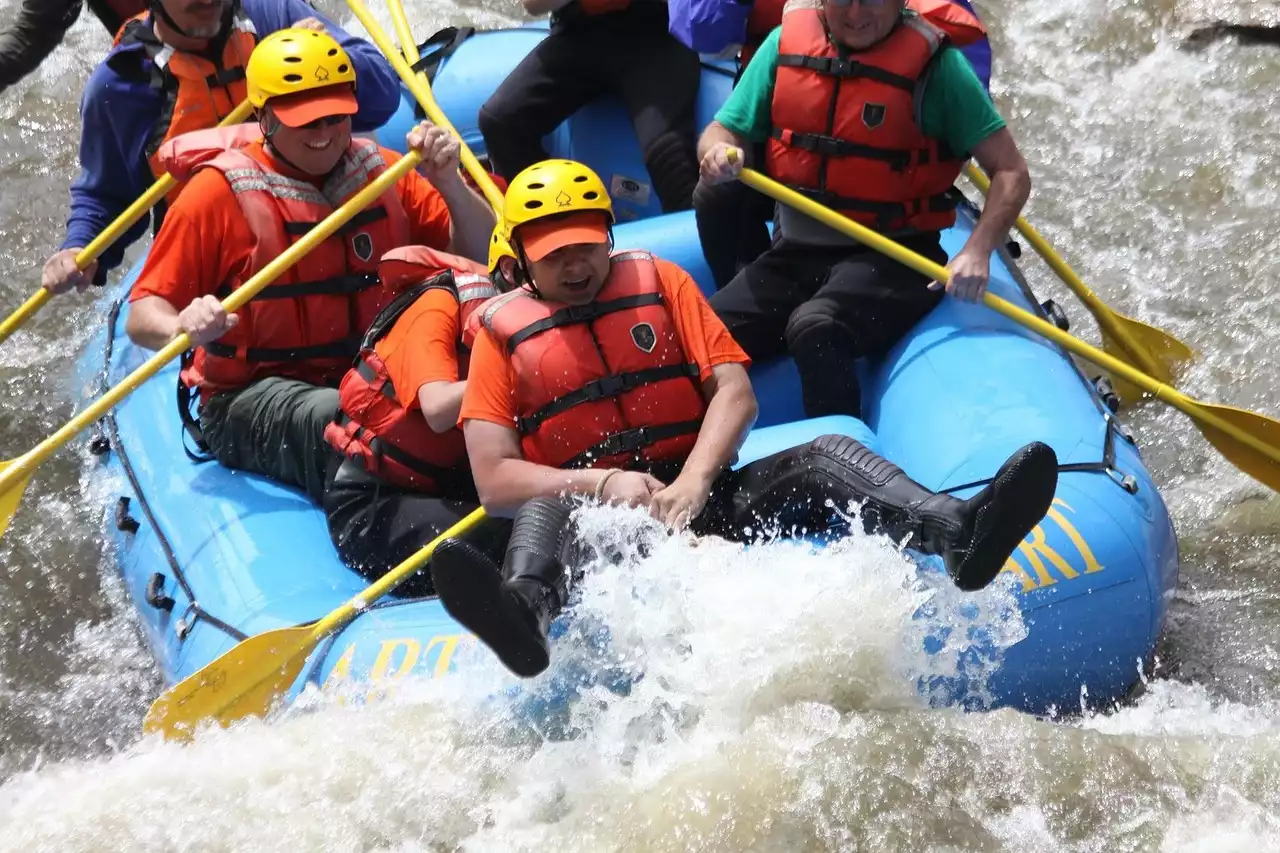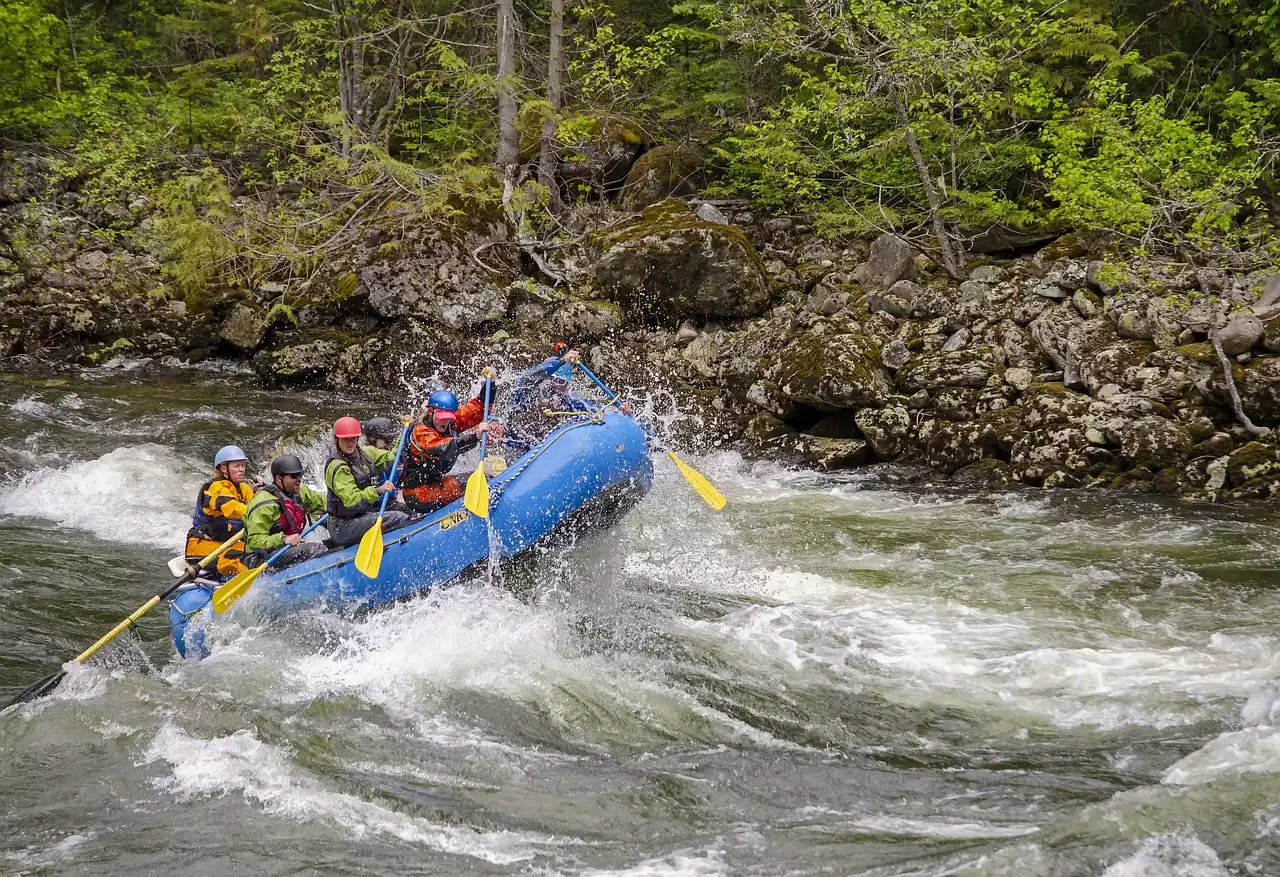Understanding the International Scale of River Difficulty
The International Scale of River Difficulty, also known as the IRF Scale, is a standardized system used to classify the difficulty of rapids. This scale is recognized worldwide and is used by professional rafting organizations to ensure safety for all rafting enthusiasts.
Class I and II rapids - beginner-friendly
Class I and II rapids are considered the easiest and most beginner-friendly rapids. These rapids are characterized by small waves and a gentle current. Class I rapids are described as moving water with a few riffles and small waves, while Class II rapids have a bit more current and slightly larger waves.
If you're a first-time rafter, Class I and II rapids are a great place to start. These rapids are perfect for getting comfortable with the equipment and learning the basic techniques of rafting.
Class III rapids - intermediate level
Class III rapids are a bit more challenging than Class I and II rapids. These rapids have larger waves and faster currents, and require more precise maneuvering. Class III rapids are often characterized by narrow passages and obstacles, such as rocks or fallen trees.
If you're an intermediate rafter looking for a challenge, Class III rapids are a great choice. These rapids will test your skills and provide a thrilling experience.
Class IV and V rapids - advanced level
Class IV and V rapids are considered advanced and require a high level of skill and experience. These rapids are characterized by powerful currents, large waves, and obstacles that require precise navigation. Class IV rapids have intense, long rapids with complex currents, while Class V rapids have extremely difficult, violent rapids with steep drops.
If you're an experienced rafter looking for a challenge, Class IV and V rapids are the ultimate test. These rapids require expert skills and provide a heart-pounding experience.
Class VI rapids - extreme conditions
Class VI rapids are considered to be unrunnable and extremely dangerous. These rapids have unpredictable currents, large obstacles, and extreme drops. Class VI rapids are only attempted by the most experienced and skilled rafters, and even then, with the highest level of caution and preparation.
Factors that affect rapids classification
The classification of rapids is not only based on their difficulty level but also on other factors that can affect their rating. Some of these factors include:
Water flow
The amount of water flowing through the river can affect the classification of rapids. High water levels can make even Class II rapids more difficult and dangerous, while low water levels can make Class IV rapids easier.
Obstacles
Obstacles such as rocks, trees, and other debris can affect the classification of rapids. These obstacles can make rapids more challenging and dangerous.
Gradient
The gradient or steepness of the river can affect the classification of rapids. A steeper gradient can create faster currents and larger waves, making rapids more challenging.
Choosing a rafting trip based on classification
When choosing a rafting trip, it's important to consider the classification of the rapids. You should choose a trip that matches your skill level and experience. Some rafting companies offer trips with a mix of different classifications, so you can experience a range of rapids.
It's also important to consider the length of the trip and the scenery. Some trips may be shorter but have more challenging rapids, while others may have easier rapids but offer stunning views and a longer trip.
Safety precautions to take when rafting
Rafting can be a thrilling and fun activity, but it's important to take safety precautions to ensure a safe and enjoyable trip. Here are some safety tips to keep in mind:
Wear a life jacket
Always wear a properly fitting life jacket, even if you're a strong swimmer. A life jacket can keep you afloat and provide extra protection in case of an accident.
Wear a helmet
Wearing a helmet can protect your head from injury in case of a collision with rocks or other obstacles.
Listen to your guide
Always listen to your guide and follow their instructions. They are there to ensure your safety and provide guidance on navigating the rapids.
Know your limits
Don't attempt rapids that are beyond your skill level or experience. It's important to know your limits and choose a trip that matches your abilities.
Pro tips for navigating rapids
Here are some pro tips to help you navigate the rapids like a pro:
Use proper paddling technique
Using proper paddling technique can help you navigate the rapids more effectively. Your guide will teach you the correct technique for paddling forward, backward, and turning the raft.
Look ahead
Always look ahead to anticipate upcoming obstacles and rapids. This will give you more time to react and make necessary maneuvers.
Communicate with your team
Communication is key when rafting. Make sure to communicate with your team and coordinate your movements to navigate the rapids more effectively.
Stay calm
If you do encounter a difficult rapid or obstacle, it's important to stay calm and focused. Panic can lead to mistakes and accidents.
Have fun!
Most importantly, remember to have fun! Rafting is a thrilling and exciting activity that can provide a lifetime of memories.
# Conclusion
Whitewater rafting is an exhilarating sport that can be enjoyed by people of all ages and skill levels. Understanding the classifications of rapids is crucial for a safe and enjoyable trip. From Class I to Class V, each classification represents a different level of difficulty and danger. It's important to choose a trip that matches your skill level and experience, and to take proper safety precautions. With the right guide and the proper techniques, you can navigate the rapids like a pro and have the adventure of a lifetime.
